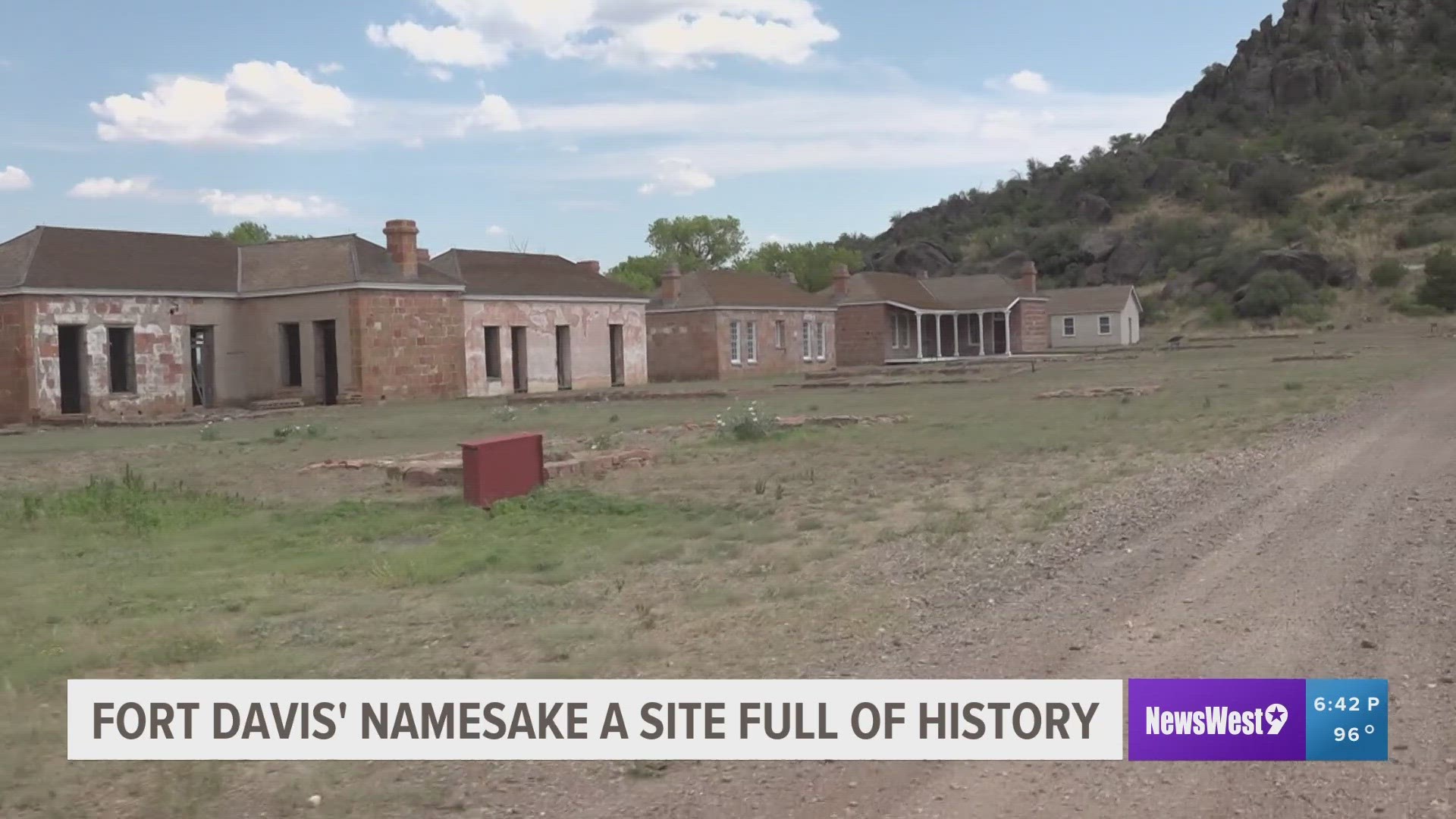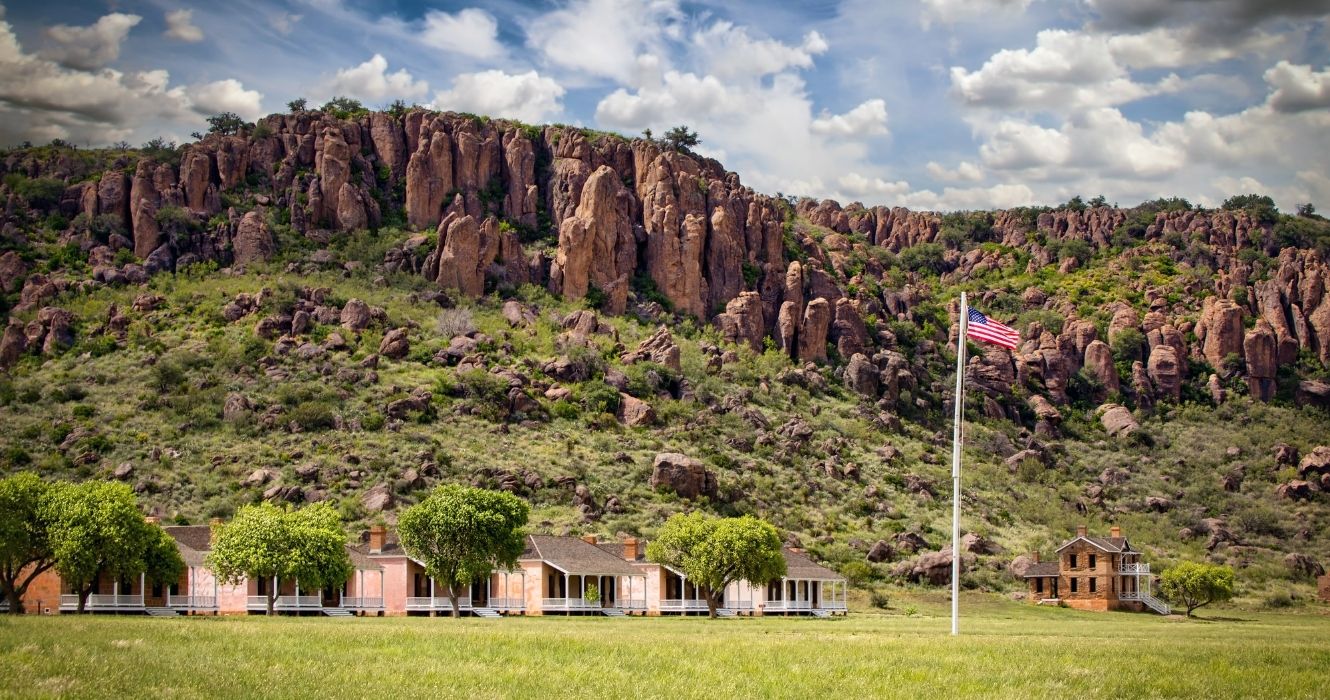
Echoes in the American Landscape: The Enduring Legends of a Young Nation
America, a nation forged in paradox and possibility, is not merely a collection of states or a chronicle of historical events. It is a sprawling tapestry woven with threads of myth, folklore, and legend – tales that define its character, reflect its aspirations, and echo its deepest fears. From the towering lumberjacks of the Northwoods to the spectral figures haunting forgotten battlefields, these legends are the soul-stuff of a young country perpetually grappling with its identity. They provide a narrative framework for understanding the vast, untamed continent and the intrepid, often eccentric, spirits who sought to conquer, tame, or simply survive within it.
These stories, passed down through generations, often serve as cultural touchstones, encapsulating moral lessons, celebrating heroic feats, or offering explanations for the inexplicable. They are as diverse as the landscapes they inhabit, yet they share a common thread: a uniquely American blend of optimism, ingenuity, and a touch of the fantastical.
The Giants of the Frontier: Shaping the American Spirit

In the nascent years of the republic, as pioneers pushed westward into uncharted territories, the need for heroes grew as vast as the land itself. These were not always historical figures, but often larger-than-life archetypes embodying the qualities necessary for survival and prosperity.
Consider Paul Bunyan, the colossal lumberjack whose axe carved out rivers and whose blue ox, Babe, could pull the crooked roads straight. Bunyan is the quintessential American pioneer writ large – a figure of immense strength, tireless work ethic, and an unshakeable optimism in the face of daunting challenges. His tales, popularized in the late 19th and early 20th centuries by timber companies, romanticized the arduous work of logging and served to inspire a generation of industrial expansion. He represents the American drive to master nature, to transform wilderness into productive land.
Similarly, Pecos Bill, the legendary cowboy raised by coyotes, epitomizes the spirit of the Wild West. Born in a cyclone and tamer of all things untamable – from rattlesnakes to cyclones themselves – Bill is the ultimate cowboy hero, embodying rugged individualism, fearlessness, and an almost supernatural connection to the unforgiving landscape of the American Southwest. His stories, often told around campfires, provided a sense of pride and identity for those living on the fringes of civilization, where bravery and quick thinking were paramount.
Then there is Johnny Appleseed (John Chapman), a less boisterous but equally iconic figure. A real historical person whose life was so intertwined with folklore that fact and fiction became inseparable, Chapman spent decades traveling the American frontier, planting apple seeds and bringing nurseries to new settlements. His legend is one of gentle perseverance, generosity, and an early, almost spiritual, connection to the land. He symbolizes the quiet dedication required to cultivate a new world, a stark contrast to the axe-wielding might of Bunyan but equally vital to the nation’s expansion.
These frontier legends, whether wholly fictional or embellished accounts of real lives, laid the groundwork for a national mythology. They instilled values of hard work, resilience, and a boundless belief in the American dream – a dream of taming the wild, building communities, and carving out a new destiny.
Fort Davis: A Stone-and-Adobe Testament to Frontier Legends
While many legends are whispered around campfires or printed in dime novels, others are inextricably linked to tangible places – sites where history unfolded and where the echoes of the past seem to linger. Fort Davis National Historic Site in West Texas is one such place. Nestled amidst the rugged beauty of the Davis Mountains, this meticulously preserved 19th-century frontier military post offers a compelling glimpse into a pivotal era of American expansion and conflict, where the line between historical fact and persistent legend often blurs.
Established in 1854, Fort Davis served as a critical defense point for emigrants and travelers on the San Antonio-El Paso Road and the Chihuahua Trail. It was a beacon of federal authority in a vast, often lawless territory, playing a crucial role in the Indian Wars against the Apache and Comanche, and later becoming a significant post for the Buffalo Soldiers – African American regiments whose bravery and resilience became legendary in their own right.

The very existence of Fort Davis speaks to the legendary struggle of the American frontier. Imagine the isolation, the relentless heat, the constant threat of attack, and the sheer grit required by soldiers and their families to carve out a life in such an unforgiving landscape. These were the true pioneers, and their daily lives, filled with heroism, hardship, and sacrifice, form the bedrock of countless unwritten legends.
As Michael R. Johnson, a historian specializing in the American West, once noted about frontier outposts: "These forts were not just military installations; they were islands of civilization, where the stories of courage, despair, and triumph were forged in the crucible of daily life. The legends born here are not of mythical beasts, but of human endurance against incredible odds."
Indeed, Fort Davis itself is rumored to be a site of persistent spectral activity. Visitors and park rangers have reported unexplained cold spots, disembodied voices, flickering lights in the old barracks, and the distinct feeling of being watched. Are these merely the product of an active imagination in a quiet, historic place, or are they the lingering echoes of the soldiers, laundresses, and officers who lived and died within its adobe walls? The stories of a "Lady in White" or the phantom footsteps in the officers’ quarters are whispered with the same conviction as any Pecos Bill tale, serving as a visceral connection to the human drama that played out on this remote stage.
These legends of Fort Davis – both the historical heroism of the Buffalo Soldiers and the spectral whispers of its past inhabitants – underscore a fundamental aspect of American folklore: the power of place. The stark mountains, the vast, star-filled skies, and the enduring structures of the fort all conspire to create an atmosphere where the veil between past and present feels remarkably thin, inviting contemplation of the legendary lives once lived there.
The Darker Side: Cryptids and the Unexplained
Not all American legends are tales of heroic triumph. A significant portion delves into the mysterious, the terrifying, and the unexplained, reflecting deeper anxieties and humanity’s enduring fascination with the unknown.
Bigfoot, or Sasquatch, is arguably America’s most famous cryptid. Stories of a large, hairy, ape-like creature roaming the Pacific Northwest and other remote wilderness areas have persisted for centuries, originating in Native American oral traditions. Bigfoot represents the lingering wildness of the continent, a primal fear of the untamed forest, and perhaps a wistful desire for an undiscovered, enigmatic beast to still exist in a world increasingly mapped and understood. The blurry photographs, questionable footprints, and eyewitness accounts fuel a passionate community of believers, transforming a folktale into an ongoing, tantalizing mystery.
Another compelling modern legend is the Mothman of Point Pleasant, West Virginia. In the mid-1960s, a series of sightings of a winged, red-eyed creature preceded the tragic collapse of the Silver Bridge, which killed 46 people. The Mothman legend blends cryptozoology with prophecies of disaster, tapping into a Cold War-era anxiety about the unknown and the lurking dangers of technology. It’s a darker, more unsettling legend, reflecting a modern distrust of official narratives and a fascination with omens.
And, of course, no discussion of American legends is complete without mentioning the enduring fascination with UFOs and alien encounters, epitomized by the Roswell incident of 1947. The alleged crash of an extraterrestrial craft in New Mexico and the subsequent government cover-up ignited a nationwide obsession that continues to this day. Roswell became a touchstone for theories of government secrecy, advanced technology, and the ultimate question of humanity’s place in the universe. It’s a legend that speaks to both our scientific curiosity and our profound sense of vulnerability in the face of the cosmic unknown.
These modern legends, while distinct from the frontier tales, share a common purpose: to provide narratives that help us grapple with phenomena that defy easy explanation. They are a testament to the human need to tell stories, even when those stories are unsettling, to impose some kind of order or meaning on a chaotic or inexplicable world.
The Enduring Appeal: Why We Need Our Legends
From the heroic deeds of Paul Bunyan to the spectral whispers at Fort Davis and the elusive shadow of Bigfoot, American legends are more than mere campfire stories. They are vital components of the nation’s cultural DNA, serving multiple profound purposes:
- Identity Formation: Legends help define what it means to be "American." They celebrate ingenuity, perseverance, courage, and a unique relationship with the vast landscape.
- Moral and Cultural Transmission: Many legends carry implicit or explicit moral lessons, reinforcing values like honesty, hard work, and community.
- Coping with the Unknown: Whether it’s the harshness of the frontier, the vastness of the wilderness, or the mysteries of the cosmos, legends provide narratives that help people make sense of things beyond their immediate understanding.
- Preservation of History (and Mystery): Even when embellished, legends often contain kernels of historical truth, keeping the memory of past events and the people who lived them alive. They also preserve a sense of wonder and the recognition that not everything can be explained.
- Entertainment and Escapism: At their core, legends are compelling stories. They offer an escape from the mundane, allowing us to imagine worlds where giants walk the earth, and the spirits of the past still linger.
In a rapidly evolving world, where facts are easily accessible and mysteries are often debunked, the enduring appeal of American legends remains undiminished. They are a testament to the power of narrative, the human need for wonder, and the profound connection between people, place, and the stories they tell. Places like Fort Davis, standing sentinel against the West Texas sky, are not just historical sites; they are living repositories of these legends, reminding us that the spirit of America’s past is not confined to history books, but continues to echo in the whispers of the wind, the creak of old barracks, and the boundless imagination of a nation still telling its story.


